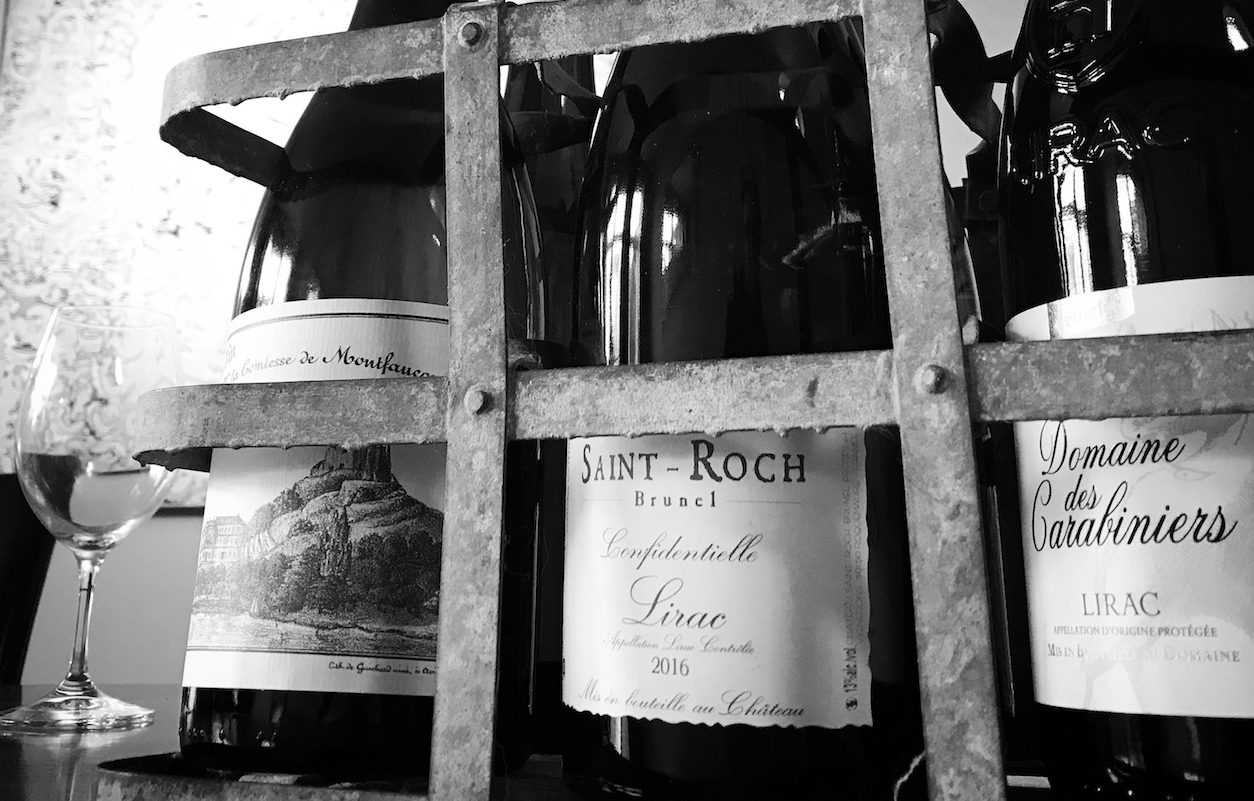Without the immediate sex appeal of some of the more illustrious Southern Rhône AOCs, both red and white Lirac tend to be unpretentious, very good value wines expressing a ripe and generous Rhône conviviality.
Situated only 15 km northwest from Avignon in the heartland of the Southern Rhône valley, the Lirac appellation has struggled to make a name for itself when competing with the likes of nearby AOCs such as Tavel and especially Châteauneuf-du-pape.
With a pedigree dating back to the Middle Ages and a unique location on the right bank of the Rhône river, it’s perhaps no surprise that the two core values of “progress and humility” of the Lirac winemakers and negiocants, as suggested by the AOC body, are being engaged to further Lirac as a quality-producing wine region in the Southern Rhône.
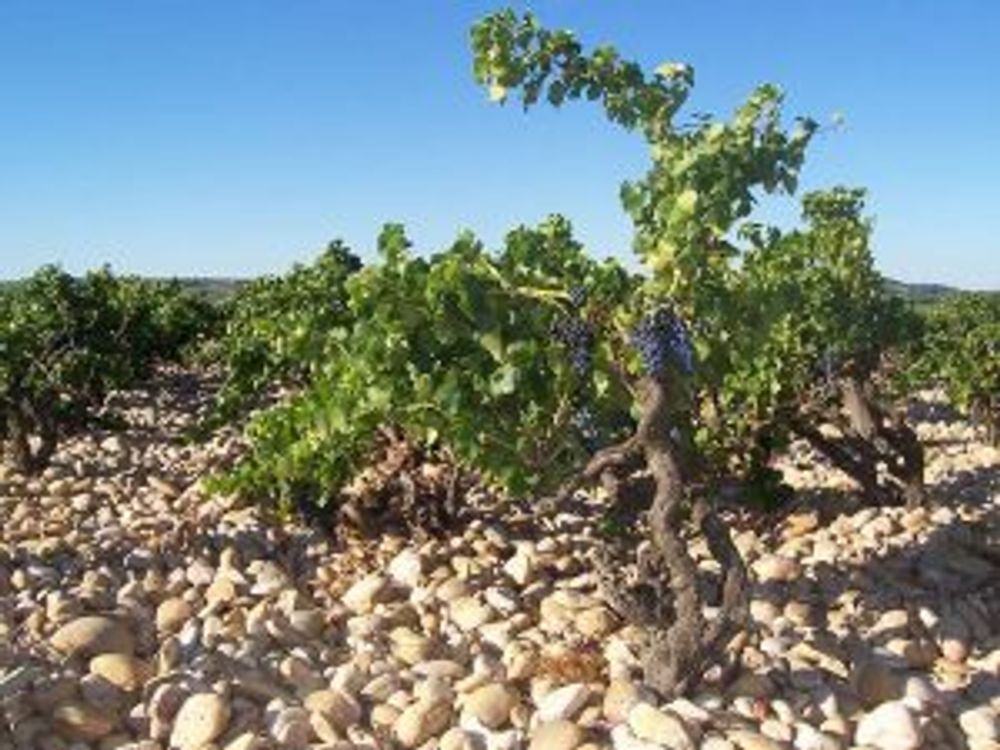
The central part of the region has the same geological history as Châteauneuf-du-pape
The Lirac AOC is relatively small at 770 ha, roughly a quarter of the Châteauneuf-du-pape AOC, and produces mainly (85%) red wine from the traditional Rhône varietals Grenache noir, Syrah, Mourvèdre and Cinsault. White wine production has increased steadily over the last 30 years from 3% to today’s level of 10% with the most commonly used white wine grape varieties being Clairette, Grenache blanc, Rousanne, Bourboulenc and Viognier.
Interestingly, the central part of the Lirac appellation has the same geological history as Châteauneuf-du-pape – alluvial terraces composed of pebbles and red clay on top of a bed of sand, a fact that can only aid its objective of producing top quality wine.

Dr Bart Feys during the Lirac tasting, February 2018
To get an overview of the current style and qualitative level of both white and red Lirac, Bart Feys and Peter Dean tasted through 34 finished wines of the much heralded 2016 vintage. As previously written, the 2016 vintage in the Southern Rhône produced red wines of exquisite balance and concentration with the requisite freshness and fine tannic structure to allow the best wines to age gracefully over many years, while being accessible early on.
Equally, the white grapes have benefitted from cool nights during ripening to imbue a crisp and fresh balance to the finished wines. Therefore, with the quality of raw materials available, the easy and general access to winemaking know-how and the current high profile of the Rhône as one of the top wine producing areas in the world, we were expecting an exciting and eclectic mix of wines to taste.
An overview of the red and white Liracs tasted
The Lirac whites in general were elegant and pure, showing honeyed notes, occasionally a white flower perfume, clean yellow fruit concentration imparting a generously rounded mouthfeel with sufficient bite and length to make these a good match for food.
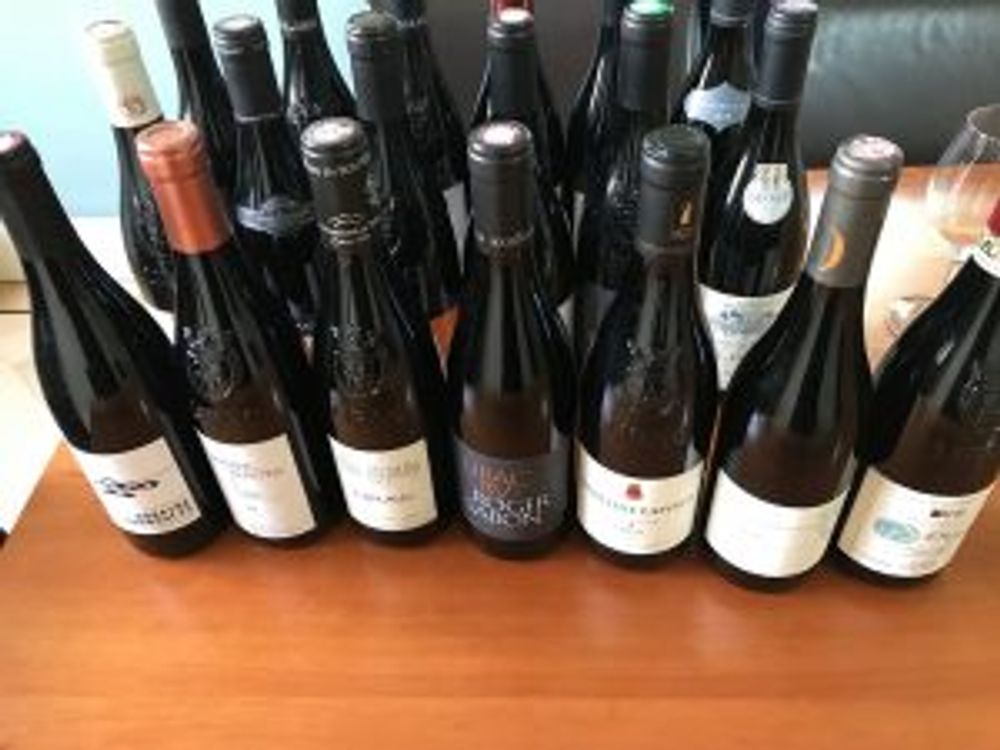
The fuller bodied whites relying on a large percentage of Clairette and/or Roussanne in particular were very successful and more likely to have seen some oak during the élevage, although we sometimes felt that the oak was not (yet?) fully integrated. We expect the better examples to develop further complexity over 2-5 years. Our top picks are shown below.
The quality of the 2016 vintage in the Southern Rhône shines through in the red Lirac wines we tasted. Virtually all the reds are Grenache dominated imparting a lush kirsch bouquet, accompanied by notes of leather, garrigue, meaty/savoury characters and ripe black cherries/blueberries.
The best wines show an inviting freshness, balanced extraction with ripe tannins underneath promising medium term development. The balance in the wines is admirable with very few showing signs of heat or overextraction, reflecting increased attention to both vineyard management, harvest timing and winemaking approaches/skills in the winery. Some of the wines are already approachable on account of their lush berry fruit, while the best will benefit from a few years in bottle to allow better integration and the development of aromatic complexity. See below for our selection of the most interesting red Liracs.
Incidentally, I opened a 2007 Lirac Reine des Bois from Domaine de la Mordoreé shortly before this 2016 Lirac tasting which had blossomed into a complex and hedonistic wine typical of the lush 2007 vintage. It is testament to the age worthiness of top quality Lirac red and I expect the best of the more balanced and fresher 2016 vintage to develop and improve for many years to come.
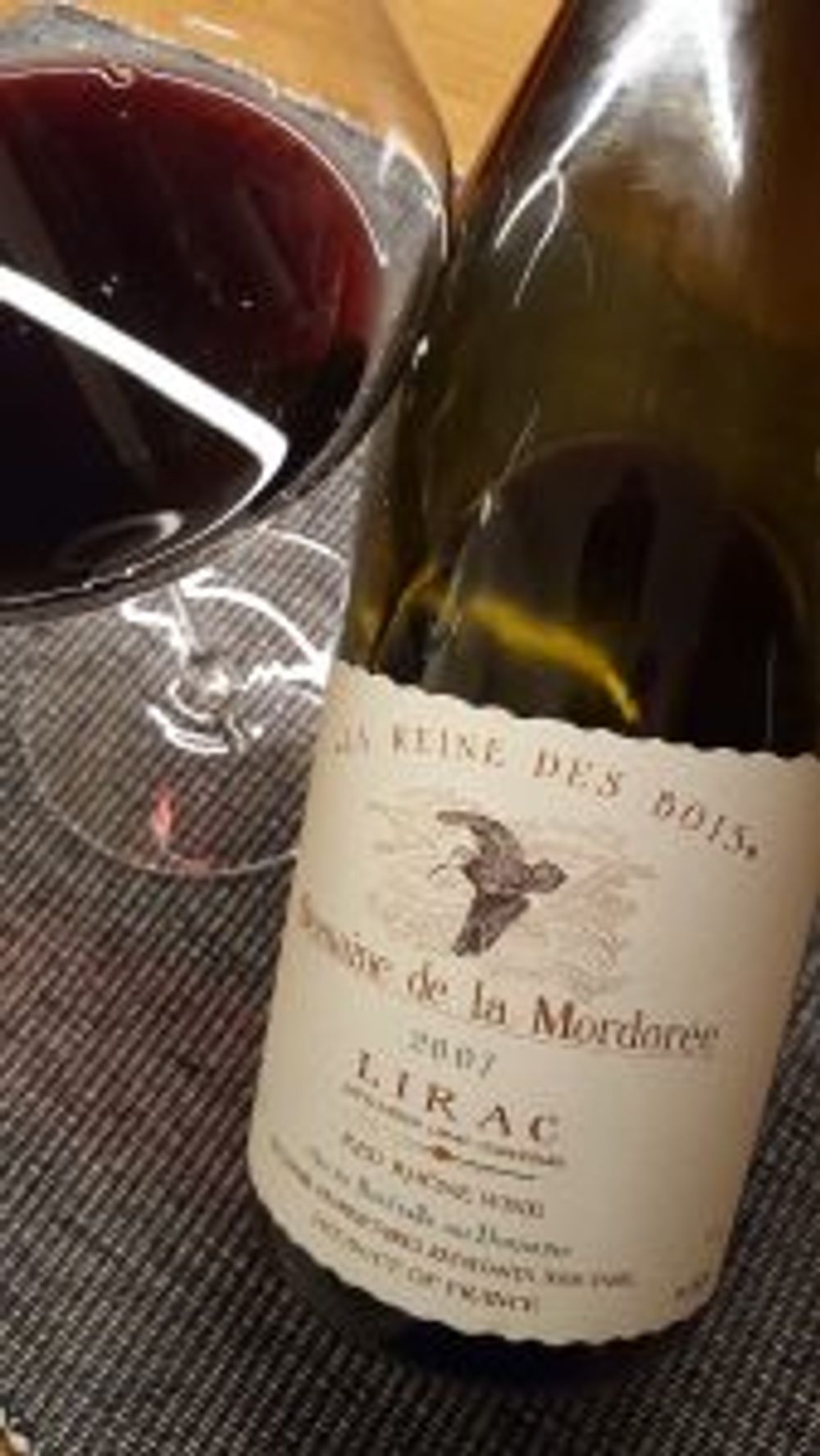
Without the immediate sex appeal of some of the more illustrious Southern Rhône AOCs, both red and white Lirac tend to be unpretentious, very good value wines expressing a ripe and generous Rhône conviviality.
Whites:

The top six Lirac whites picked by Dr Bart Feys from 13 sent in by the domaines
Chateau le Devoy Martine cuvee Via Secreta (Virgin Wines)
Grenache blanc : 25%, Roussane : 25%, Clairette : 25%, Bourboulenc : 25%
Ripe honey blossom, yellow fruits pervade palate with a savoury herbal finishing note. Quite complex.
Château de Montfaucon Comtesse Madeleine (Matthew Clark)
Picpoul : 5%, Marsanne : 40%, Clairette : 35%, Grenache blanc : 20%
Fragrant, subtle white flowers, good intensity with crisp character. Oak nicely enhances the ripeness.
Château de Montfaucon Vin de Madame la Comtesse (Matthew Clark)
Clairette : 99%, Grenache blanc : 1%
Weighty, yellow berry fruits, very intense with lovely balance. Oak will further integrate over the next year or so.
Chateau Saint Roch cuvée Confidentielle (Gerrard Seel)
Clairette : 100%
Ripe and generous wine with white flowers, crisp mid palate and good length.
Famille Brechet Plateau des chênes (N/A)
Grenache blanc : 42%, Clairette : 27%, Roussanne : 16%, Viognier : 15%
Distinct white flowers and herbal note on the nose. Ripe and mineral entry with a lemony twist on the long finish.
Domaine de Castel Oualou Lirac Blanc (julien.robineau@vunion.com)
Grenache blanc 50%, Clairette 20%, Picpoul 20%, Viognier 5%, Bourboulenc 5%
Fresh and mineral character, slightly leaner in style with a lovely textured mouthfeel.
Reds:

Six of the top seven red Lirac chosen by Feys from 18 sent in by the domaines
Domaine du Clos de Sixte Alain Jaume Lirac rouge (Bibendum)
Grenache noir : 50%, Mourvèdre : 15%
Lush, generous kirsch nose with concentrated black and forest fruits; needs a bit of time for the structure to settle and integrate.
Château de Manissy Lirac rouge (direct)
Grenache noir : 60%, Syrah : 25%, Cinsault : 15%
Classic Southern Rhône style with mulberries, garrigue, ripe and meaty, crisp mid palate with good length. Well made.
Domaine des Carabiniers Lirac rouge (Biodynamic Wine)
Grenache noir : 60%, Syrah : 25%, Cinsault : 15%
Lush, black fruits with a generous ripe and meaty note. Very concentrated but nicely balanced wine.
Domaine Coudoulis Lirac cuvée Evidence (General Wine Company)
Grenache noir, Syrah, Mourvèdre
Kirsch and coffee notes with excellent extract. Very crisp fine tannic structure that will need some time to soften. Excellent potential.
Ogier Lirac Lou Caminé (Matthew Clark)
Grenache , Syrah, Mourvèdre, Cinsault
Classy, ripe, gamey nose with blueberries and black olives. Ripe tannic structure.
Romain Duvernay Lirac rouge (Opus Cellars)
Syrah : 80%, Grenache noir : 20%
Syrah imparts a lovely ripe gamey essence, great poise and balance with coffee and olive notes. Long finish.
There was one wine that we both agreed was the best red or white of the tasting…..
Domaine Pierre Usseglio Lirac rouge (Lay & Wheeler)
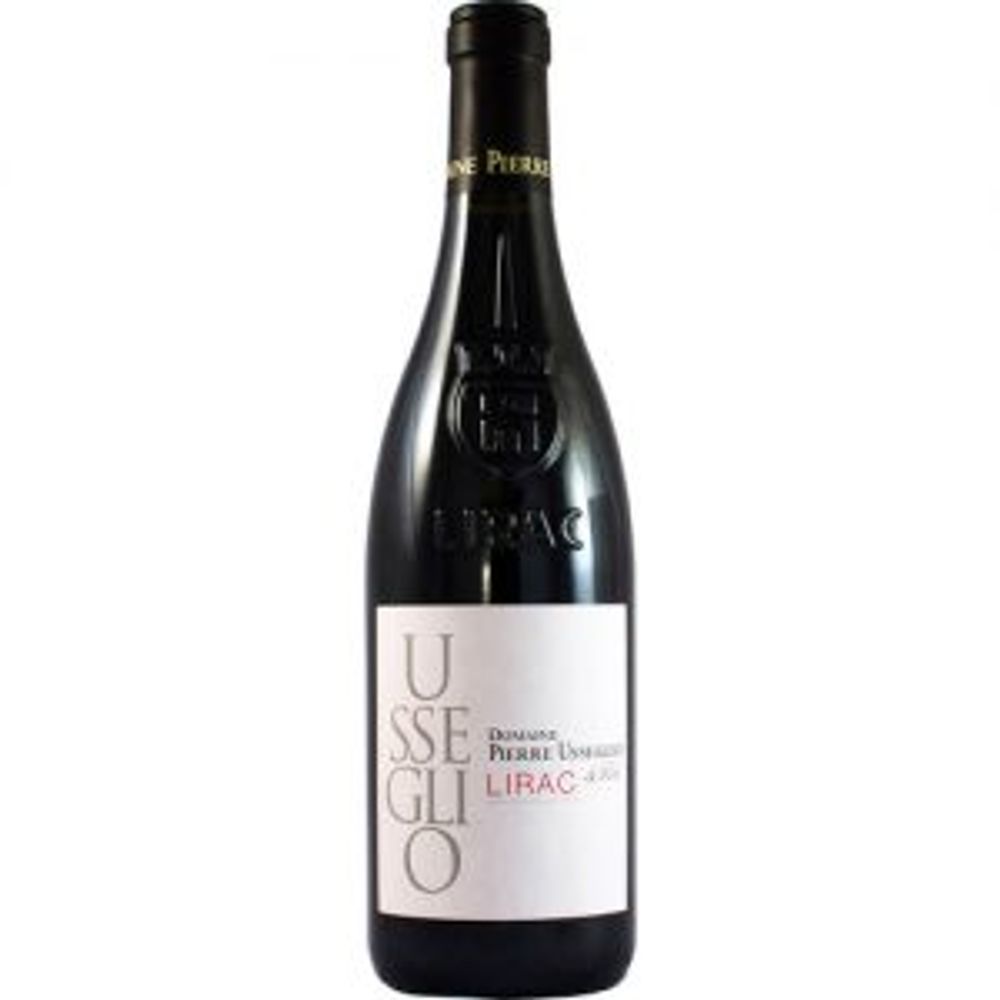
60% Grenache, 20% Mourvèdre, 20% Cinsault.
Back in 2010, Domaine Pierre Usseglio purchased this 40 year old vineyard in Roquemaure, a stone’s throw from Chateauneuf on the other side of the Rhône river. Grapes are harvested by hand and the wine is raised part in concrete vat and part in 600 litre oak casks for 12 months. Very classic garrigue, provencal ripe black cherry fruit, real poise and concentration. Quality of a mini Chateauneuf-du-Pape.
